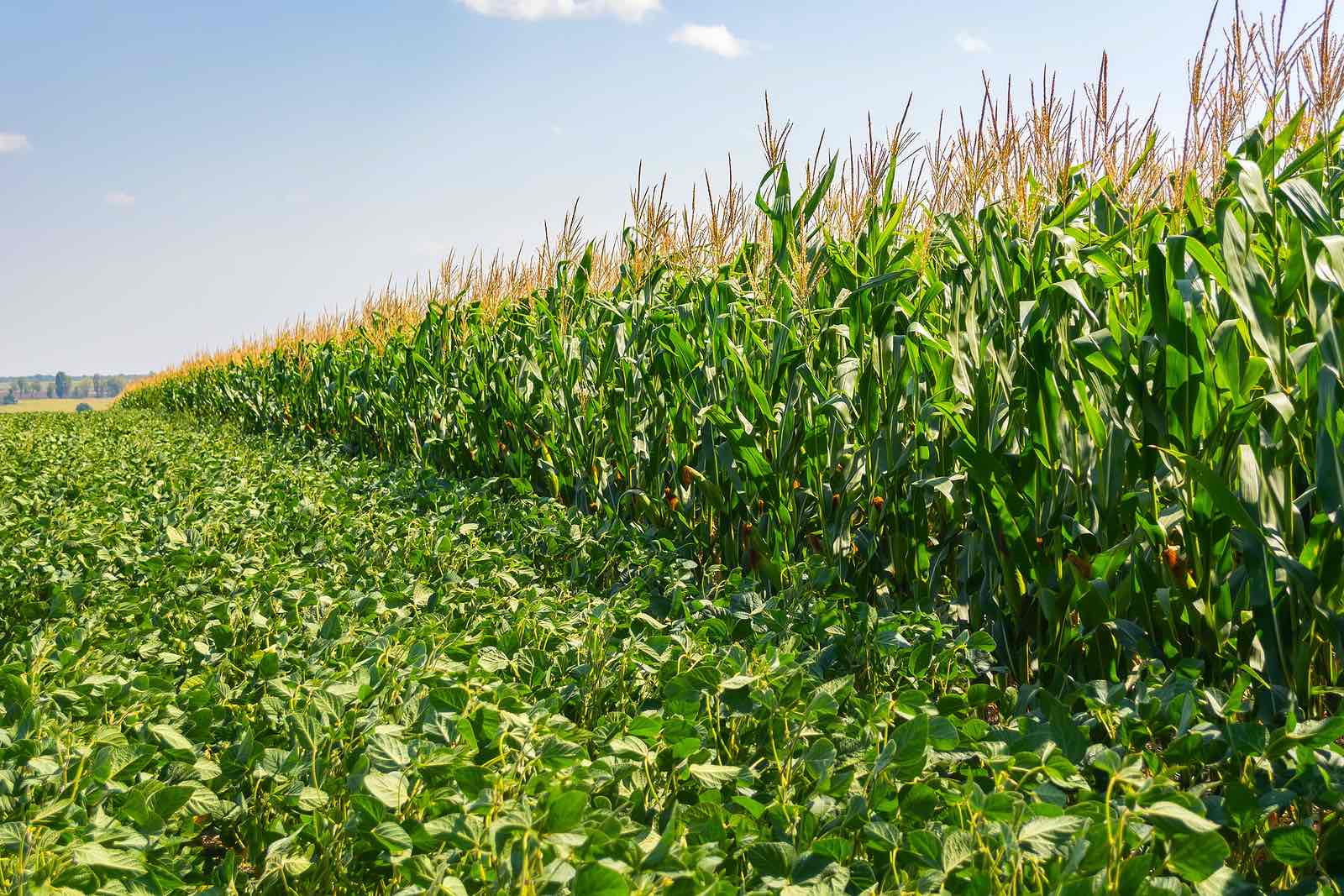
PLANTINGS OF CORN AND SOYBEANS WOULD BE 5% LARGER THAN LAST YEAR, CORN UP BY 1.2 MILLION ACRES, AND SOYBEANS UP BY 6.9 MILLION ACRES.
By Chuck Abbott
Responding to strong exports and expectations of a U.S. economic recovery, farmers will plant 92 million acres of corn and 90 million acres of soybeans this spring, pointing to a record soybean crop and possibly the largest corn harvest ever, said the USDA on Thursday. Chief economist Seth Meyer also said farm exports would be a record $157 billion this year, including the largest-ever exports to China of $31.5 billion.
“More than any year in recent memory, this year’s forecast is subject to the uncertainty of how events may unfold over the coming year,” said Meyer in opening the USDA’s two-day Agricultural Outlook Forum, held online this year. U.S. economic growth is contingent on recovery from the pandemic, and months will pass before crop production, commodity prices, and export volumes are determined. Still, said Meyer, “the long-term global demand outlook for U.S. agricultural commodities remains favorable.”
Plantings of corn and soybeans, the two major U.S. crops, would be 5% larger than last year, corn up by 1.2 million acres, and soybeans up by 6.9 million acres. Corn acreage would be the largest since 2016 and soybeans only a hair behind the record of 90.2 million acres in 2017.
Corn production could top 15 billion bushels and soybeans could total 4.5 billion bushels, assuming normal weather and the USDA’s projected yields for this year. The current records are 15.148 billion bushels of corn in 2016 and 4.428 billion bushels of soybeans in 2018.
The USDA projects wheat acreage at 45 million acres and upland cotton at 12 million acres. Last year, wheat was sown on 44.3 million acres and upland cotton was planted on 11.9 million acres.
Cattle, hog, broiler, and dairy production will expand modestly this year, said Meyer, with higher market prices expected for cattle, pigs and broiler chickens. The all-milk price was forecast to fall for the second year in a row, to $17.15 per 100 pounds.
“It really is a story of a strong return to trade … strong demand from China,” said Meyer in discussing the export outlook. U.S. ag exports slumped in fiscal 2019 and 2020 because of the trade war with China. Beijing returned as a customer last summer at the same time that U.S. supplies tightened, helping to drive up commodity prices.
The new export forecast is $5 billion higher than the previous estimate, made last November. The record for exports, $152.3 billion, came in 2014, at the tail end of the commodity boom.
The forecast of a record $31.5 billion in ag exports to China is a $4.5 billion increase from the November estimate and $14.4 billion higher than exports of $17.1 billion in fiscal 2020. China will again be the No. 1 customer for U.S. ag exports. It fell to third place last year because of the trade war, behind Canada and Mexico.
“Soybean exports are forecast $1.1 billion higher, to a record $27.4 billion, due to strong demand from China and higher prices,” said the USDA. Soybeans account for 60% of U.S. ag sales to China. In the final three months of 2020, China bought a record $14.4 billion worth of U.S. ag products.
Corn, soybeans, cattle, and hogs, “not coincidentally” in demand by China, will lead to a recovery in cash receipts by farmers this year, said Meyer. A sharp decline of federal payments will be partially offset by larger revenue from crops and livestock.
“It really is a cash receipt rebound,” said Meyer. Corn Belt farmers, he said, “may actually see farm income rise in 2021.”
To read Meyer’s speech, click here.
The slides that were part of his presentation are available here.
The USDA export forecast is available here.
REPOSTED FROM agriculture.com